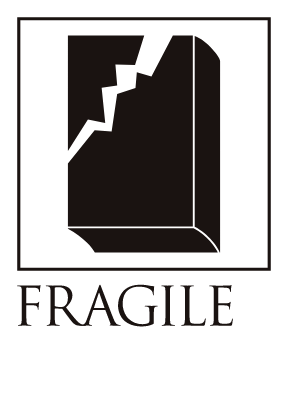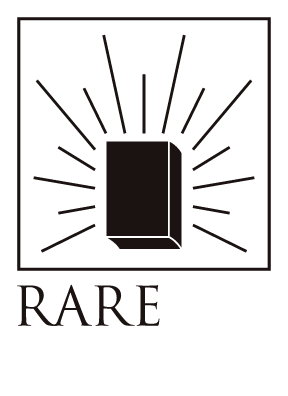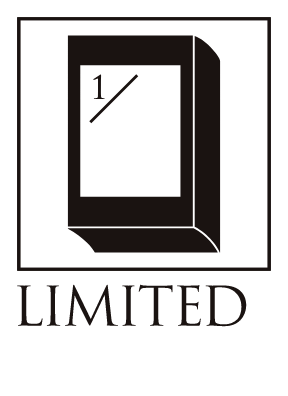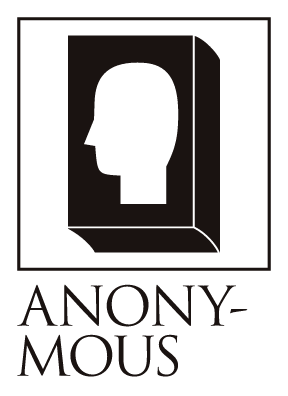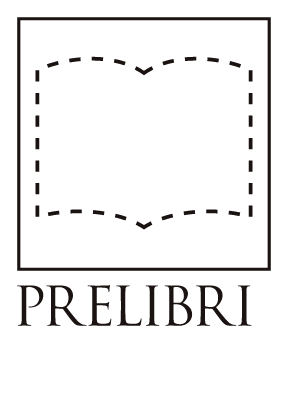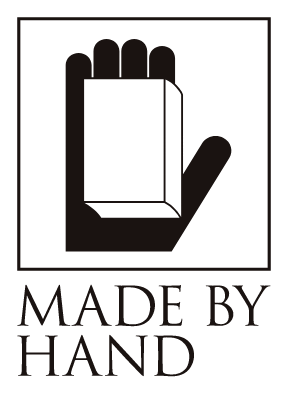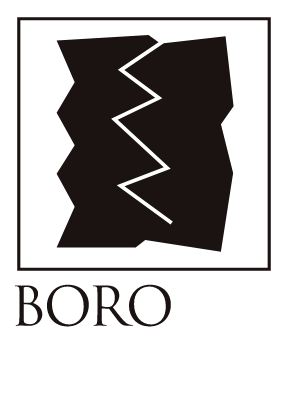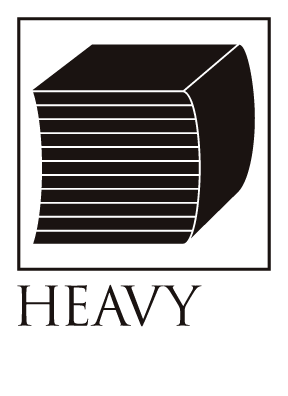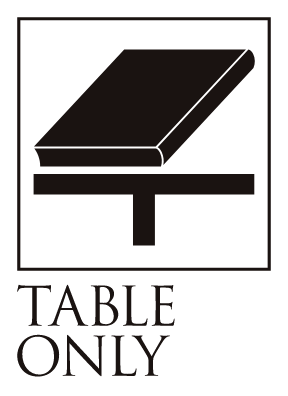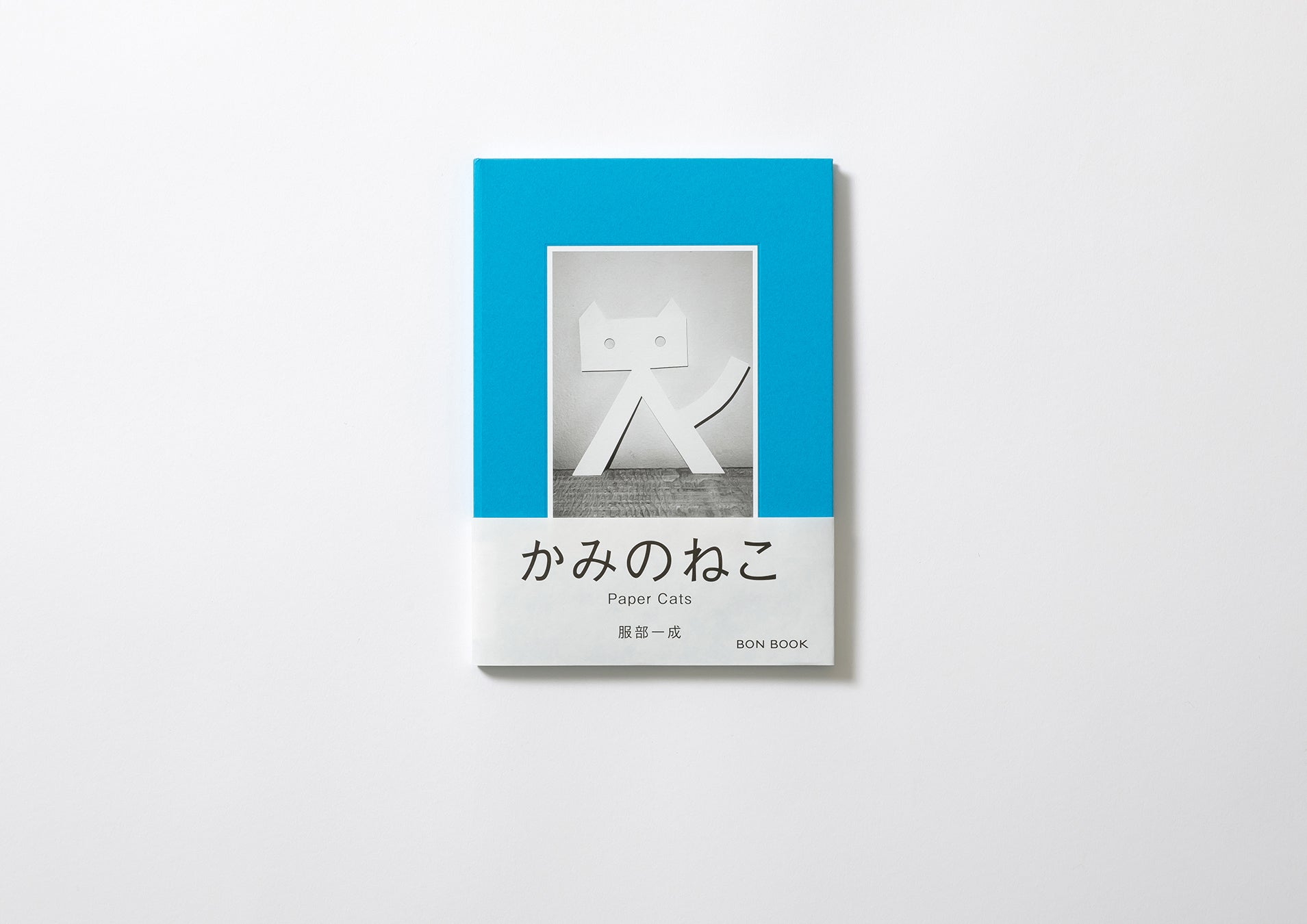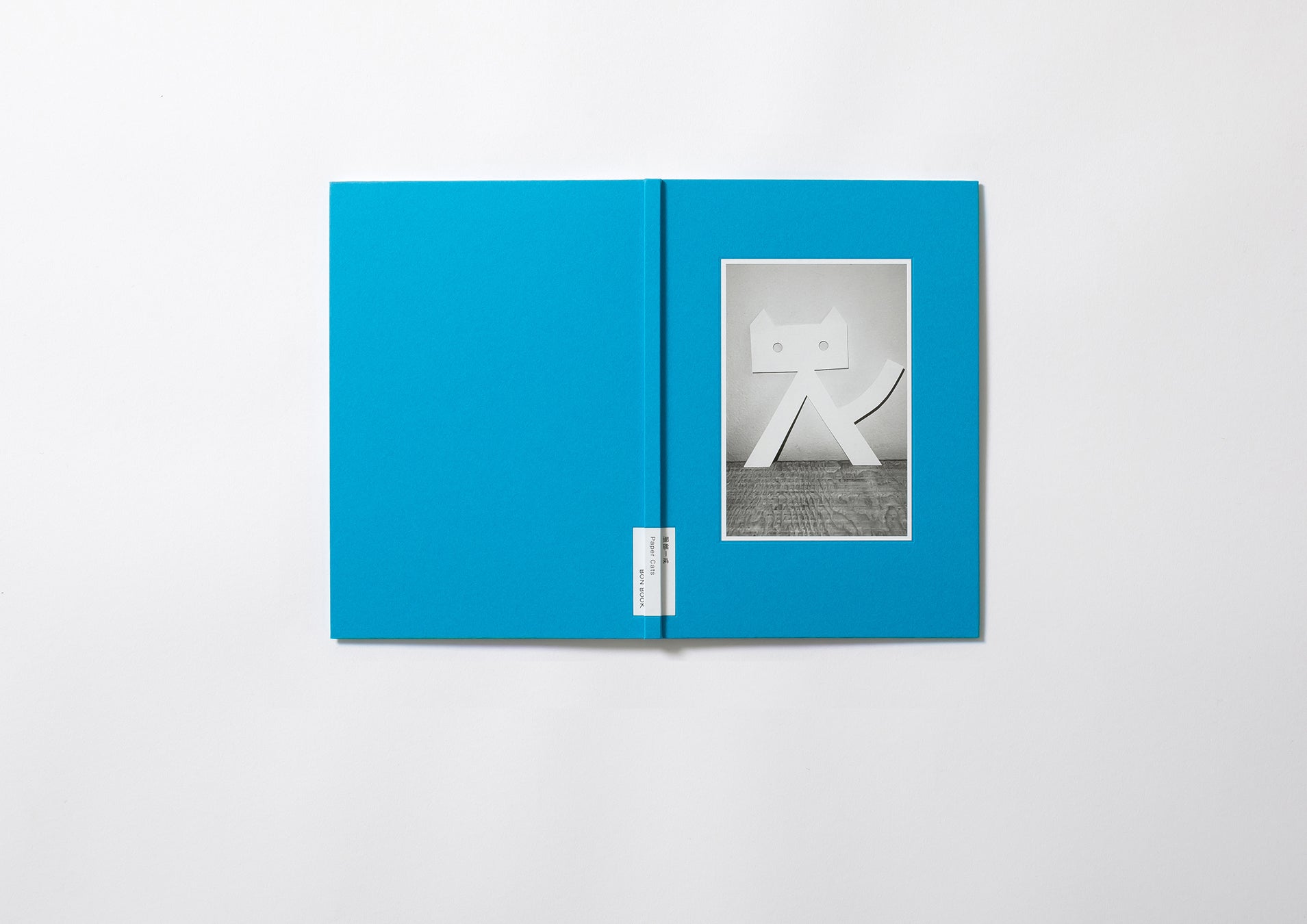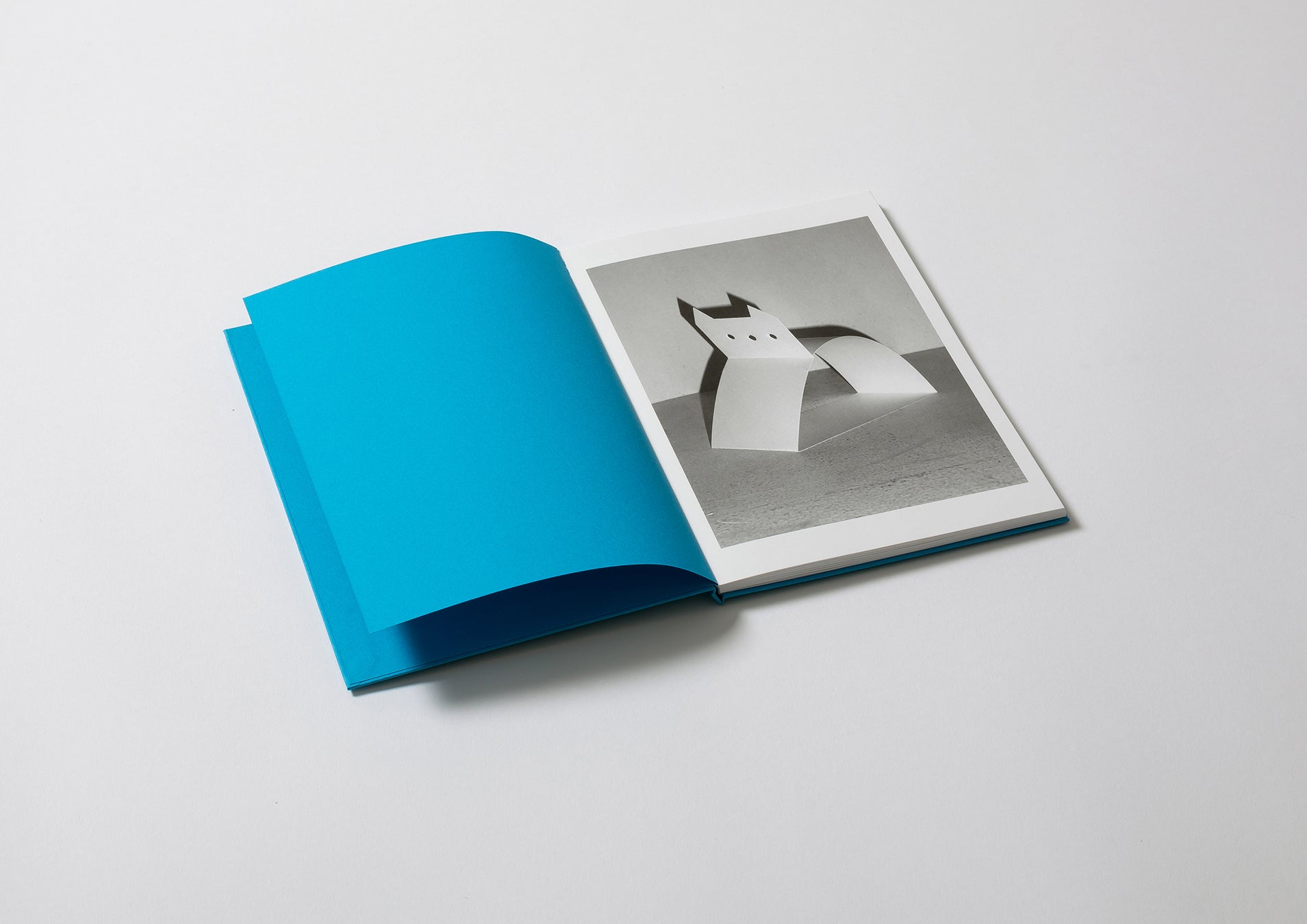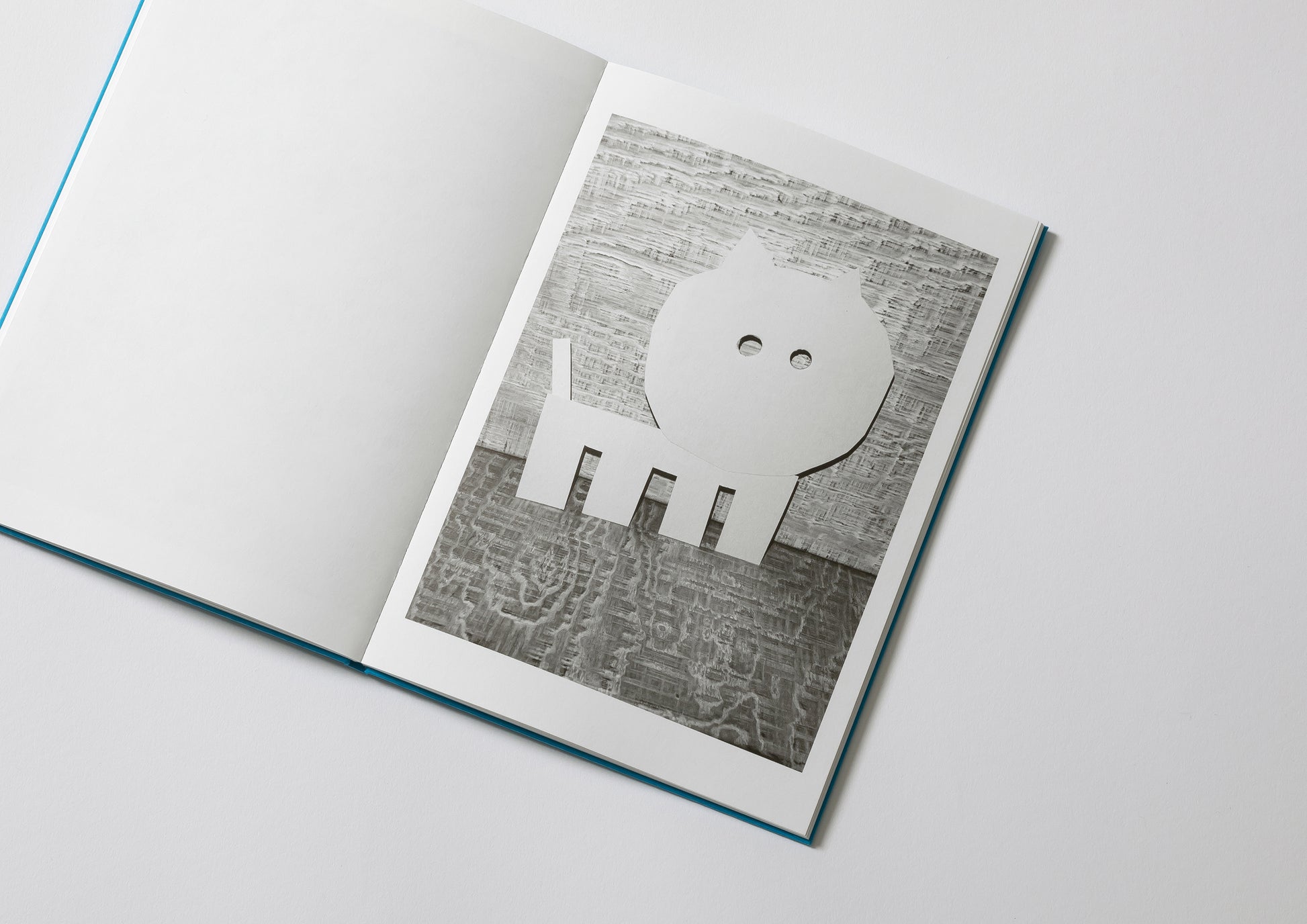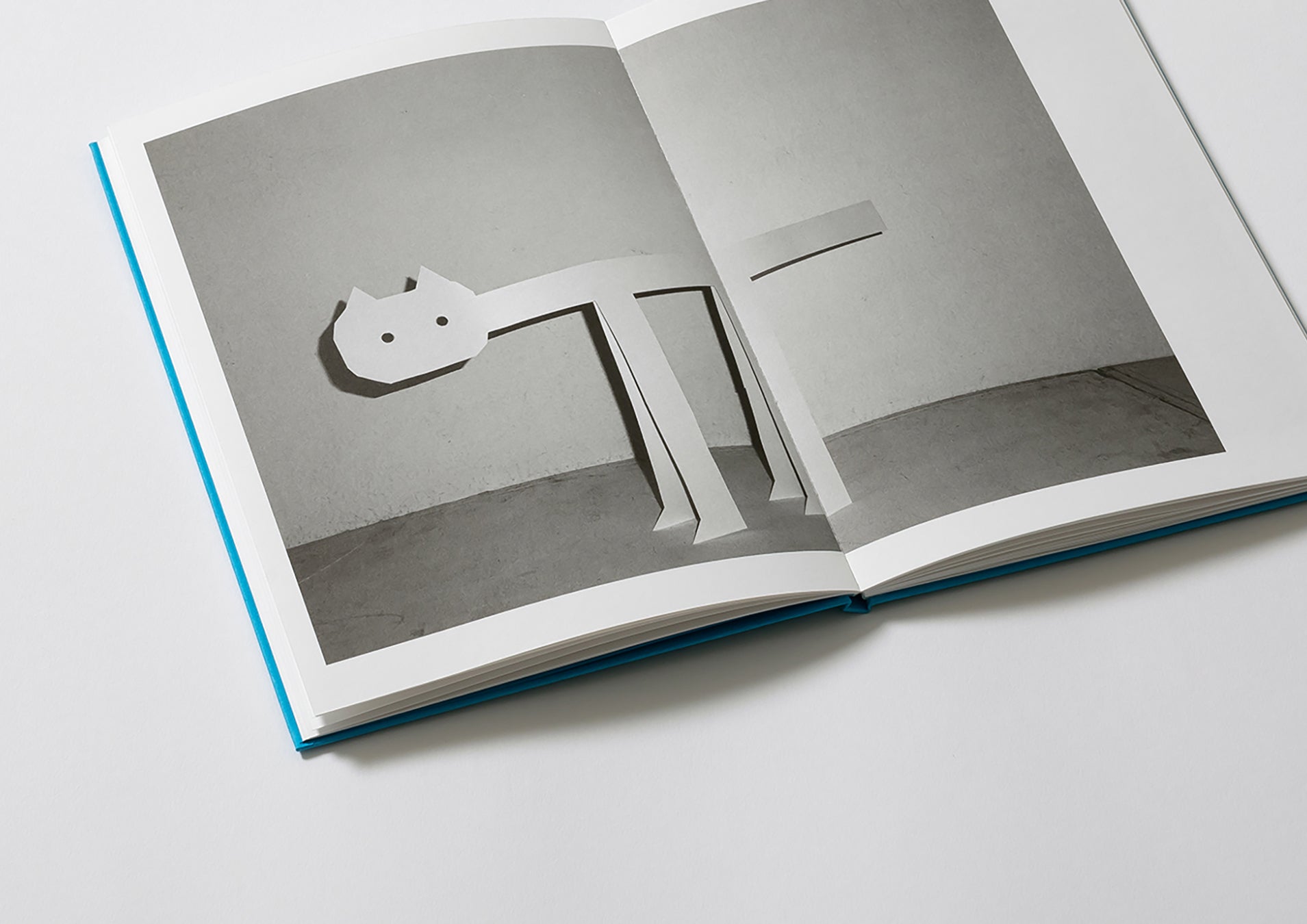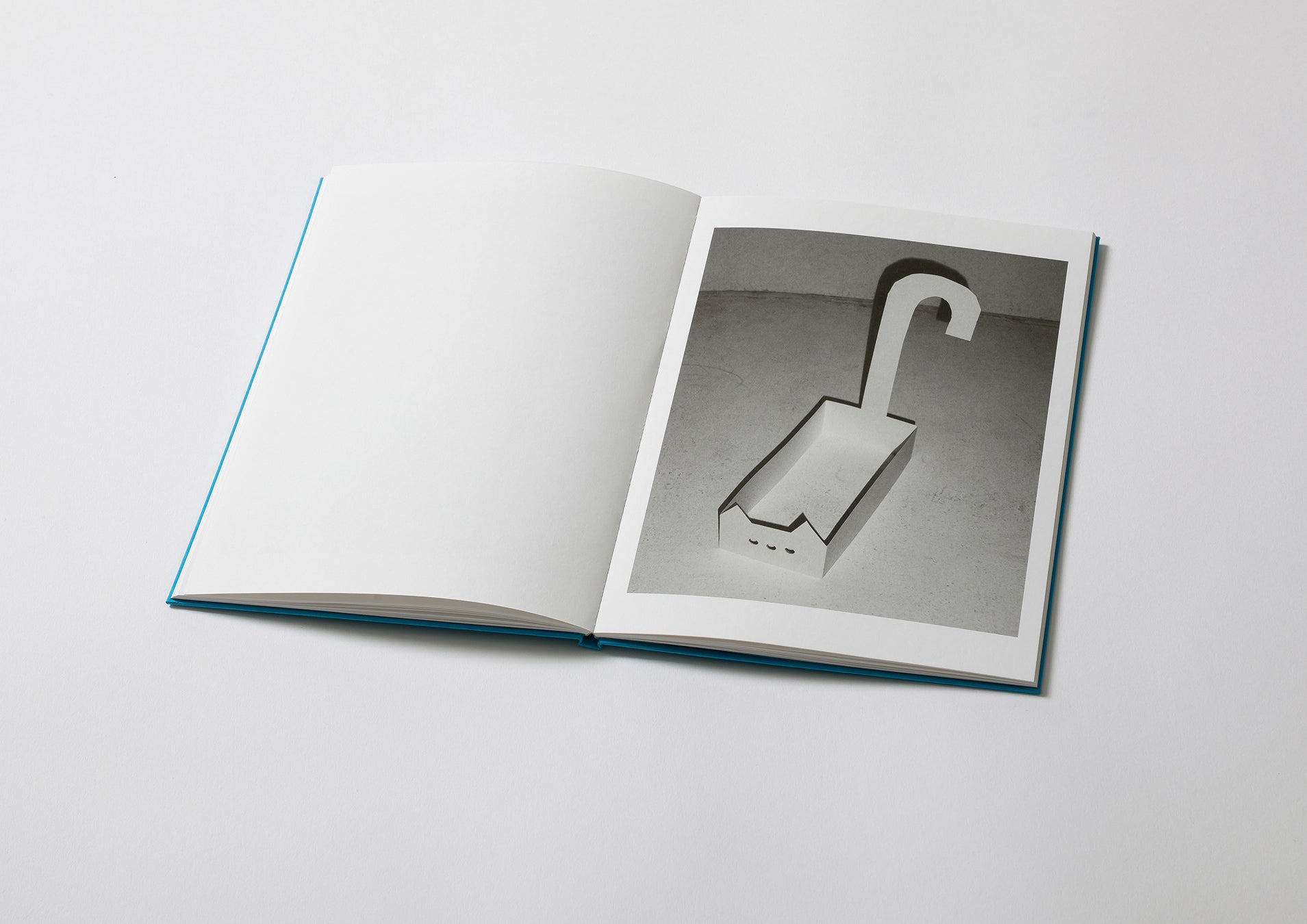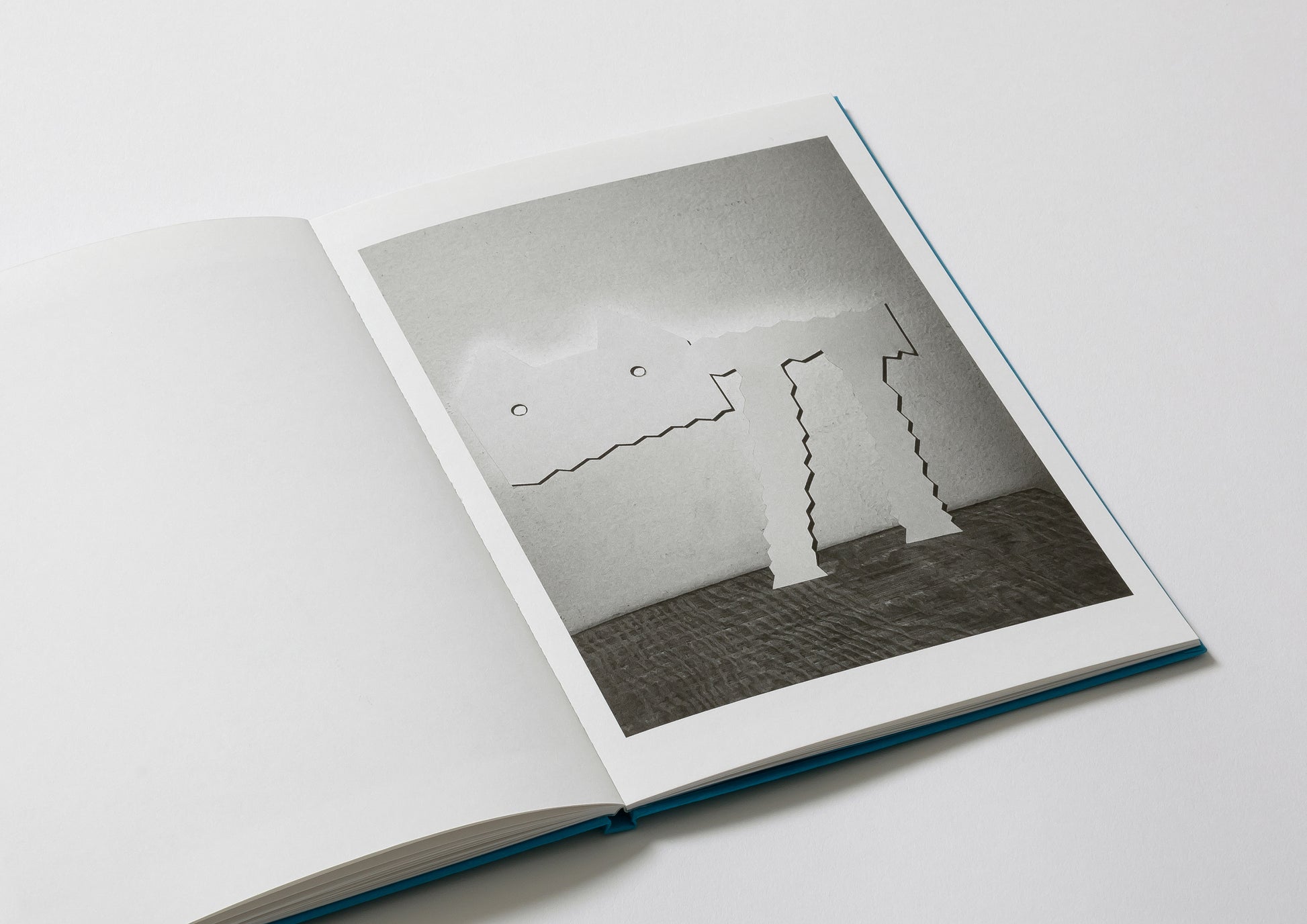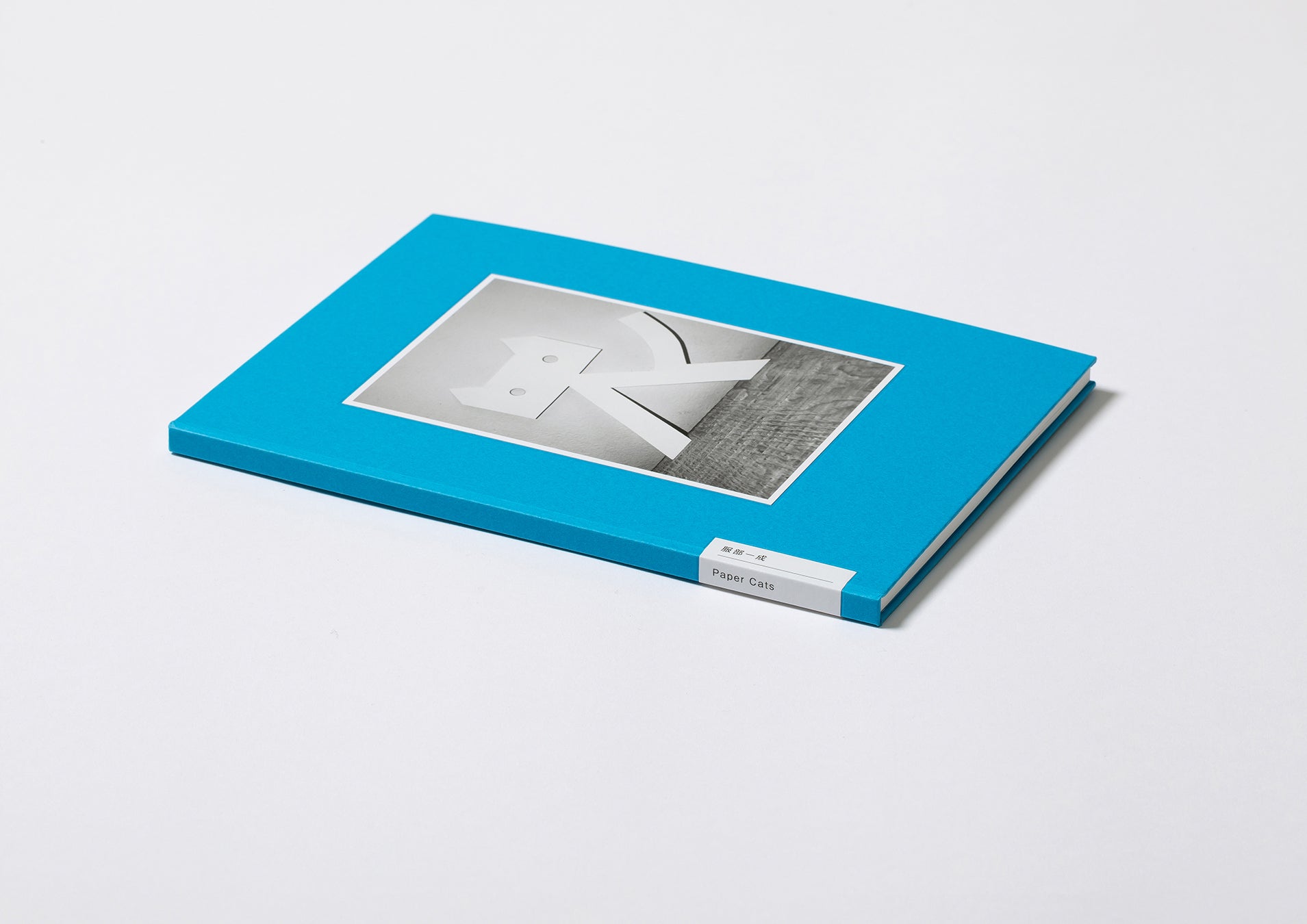Paper Cats / Kazunari Hattori
Bibliographic Details
- Title
- Paper Cats
- Author
- Kazunari Hattori / 服部一成
- Editor
- Osamu Kushida / 櫛田 理
- Publisher
- BON BOOK / 図書印刷株式会社
- Year
- 2021
- Size
- w148 × h210 × d10mm
- Weight
- 185g
- Pages
- 48 pages
- Language
- Japanese / 日本語
- Binding
- Hardcover / ハードカバー
- Printing
- offset printing / オフセット印刷
- Condition
- New / 新品
Layout Design by Kazunari Hattori 服部一成、Book Design by Yoshihisa Tanaka 田中義久、Sales Cooperation by 無印良品 MUJI BOOKS、Printing and Binding by TOSHO PRINTING CO., LTD. 図書印刷株式会社
Yes, that's true.
happened once, right?
The coincidental design of this book is a book by Kazunari Hattori.
Kazunari Hattori, who undertook all the key designs for FRAGILE BOOKS, including the logo and care mark. As an art director and graphic designer, Kazunari Hattori is gentle yet sharp and unique,
As an art director and graphic designer, Kazunari Hattori has developed his gentle yet sharp and unique view of design, and while he has been involved in numerous book designs such as "Ryuko Tsushin" magazine, "Mayonaka" magazine, "here and there" magazine, "Petit Royale French-Japanese Dictionary" and "NAKAJO" by Obunsha, he is also a graphic designer. Surprisingly, he has never designed any of his own books. This book is an artist's book, planned, photographed, designed, and written by Kazunari Hattori.
The book features 23 "paper cats" that he cut out with scissors and photographed. The 48-page hardcover book is wrapped in a blue cover and looks like the packaging of a confectionary. The publisher is BON BOOK Publishing label, started by a long-established printing company. We were in charge of editing.
Kazunari Hattori says, "I am probably the last of my generation to have experienced transcription." In the 30-odd years since joining LIGHT PUBLICITY in 1988 and becoming independent in 2001, the environment surrounding designers has changed drastically, from typesetting and typesetting to the structure of printing and publishing. As tools evolved by leaps and bounds, Kazunari Hattori stopped for a moment and resisted the design work that is finished as if it were measured by numbers. To say that he resisted is a bit of an exaggeration, but I think he disliked design work that was done according to a schedule.
This is how Kazunari Hattori's representative works, such as the "Kewpie Half" advertisement and "Ryuko Tsushin" magazine, which incorporated accidental designs, were born. And now, this book.
The outline of this book was almost decided at our first meeting at Kazunari Hattori's office in Nishi-Azabu. He is a person who is incredibly quick to grasp the intentions of his clients and translate them into his own designs, sometimes with a sharp point of view. There were no side trips or agonizing chit-chat along the way. Especially this time, I think it was his thirst for "designing with his own body" that motivated Kazunari Hattori .
The cat was chosen as a motif by chance. However, the draft of the project started with the idea of creating a book featuring the 42 cats that Kazunari Hattori had designed for the cover of Heibonsha's PR magazine, "Gekkan Hyakka". However, he was not interested in going in the direction of completing the project on a computer. Instead, he proposed a plan to improvise on paper, prefacing it with the statement, "I don't know if they will be cats or not.
The 23 cats in the book are paper cats that Kazunari Hattori improvised and cut out with scissors from a blank sheet of paper. He placed them in a corner of his office and shot them down with a flash. More than anyone else, Kazunari Hattori moved his body and enjoyed the accidental design of the finished product. It was also Kazunari Hattori's idea to wrap the cover and the back of the book in NT Rasha's "Ruri" color. Incidentally, cartoonist Fumiko Takano, author of "Uta no Hon," a book published after "Paper Cats" in the BONBOOK series, said, "If Kazunari Hattori is blue, I prefer a color like dusted soybean flour," and the book was yellow. It was Kazunari Hattori who bound Fumiko Takano's "Dormitory Tompkins" (Chuokoron Shinsha).
For more details about the motivation and background behind the creation of this book, please also see the interview at the time of publication. The "graphic designing with a camera" passage, in particular, is a very good example of Kazunari Hattori s views on design.
Text by Osamu Kushida
Regular price
$13.00 USD
Regular price
Sale price
$13.00 USD
Unit price
per
